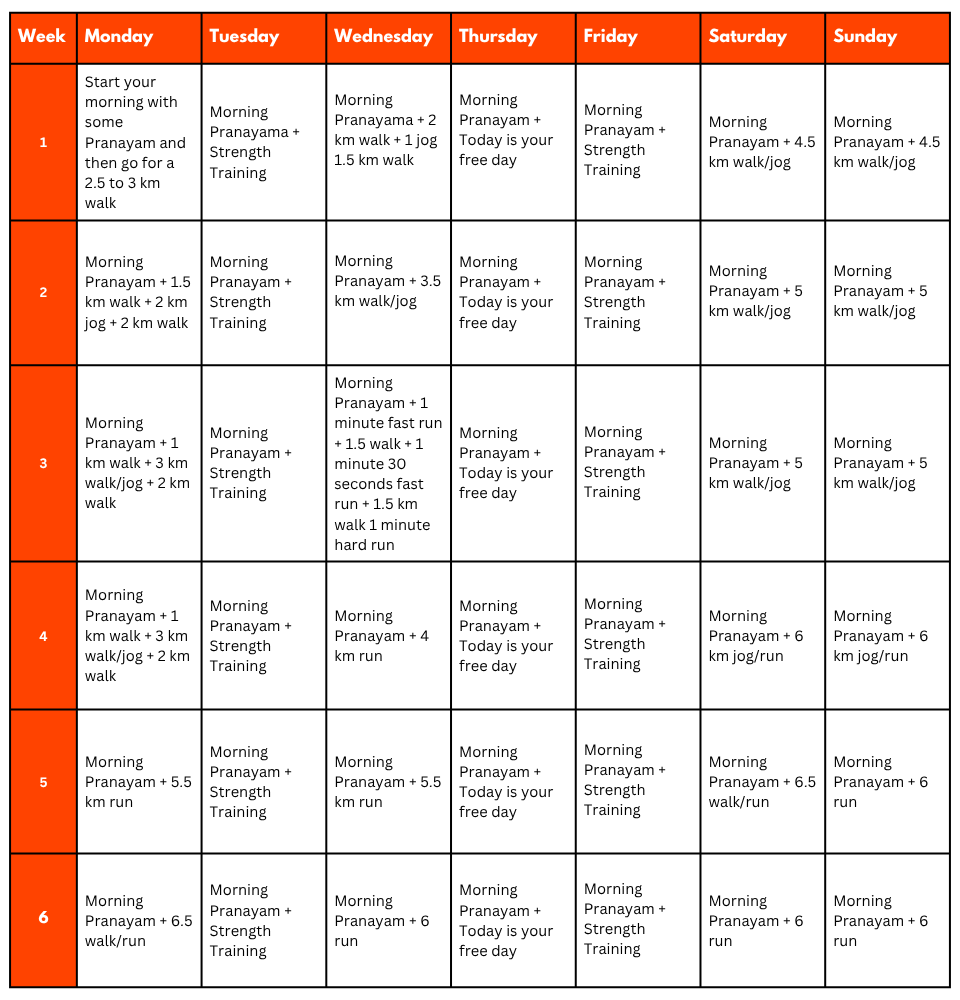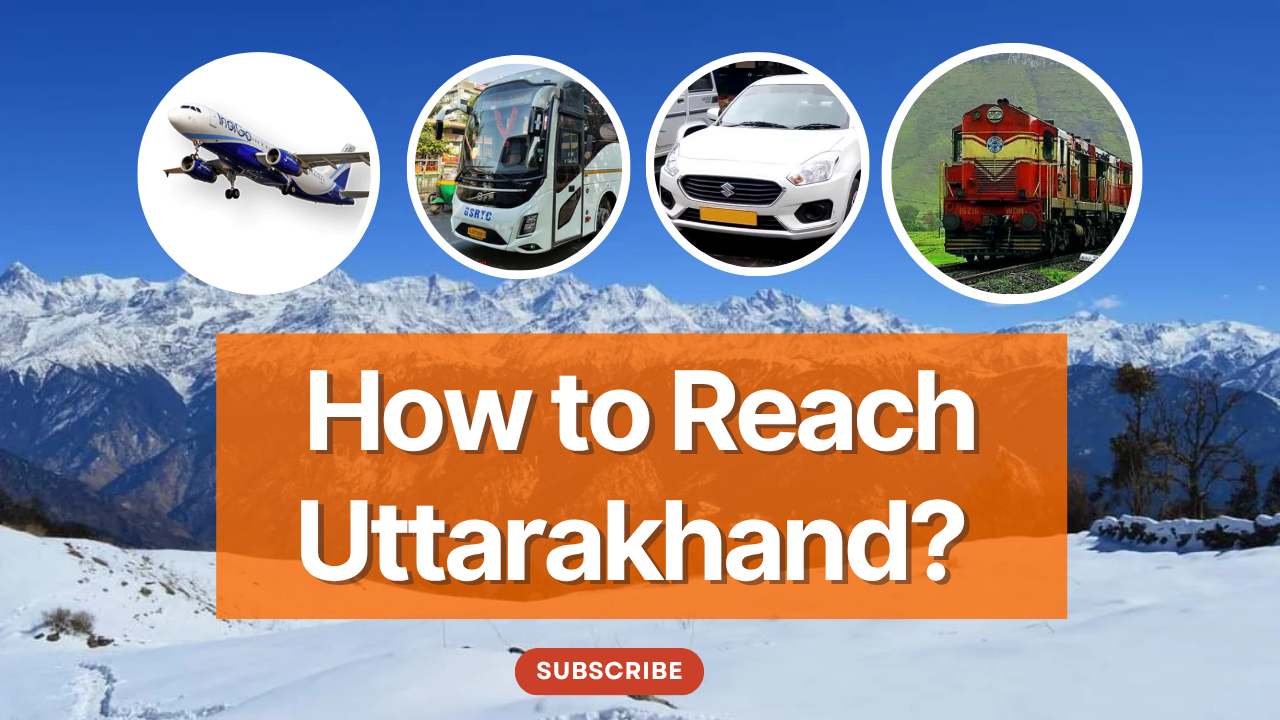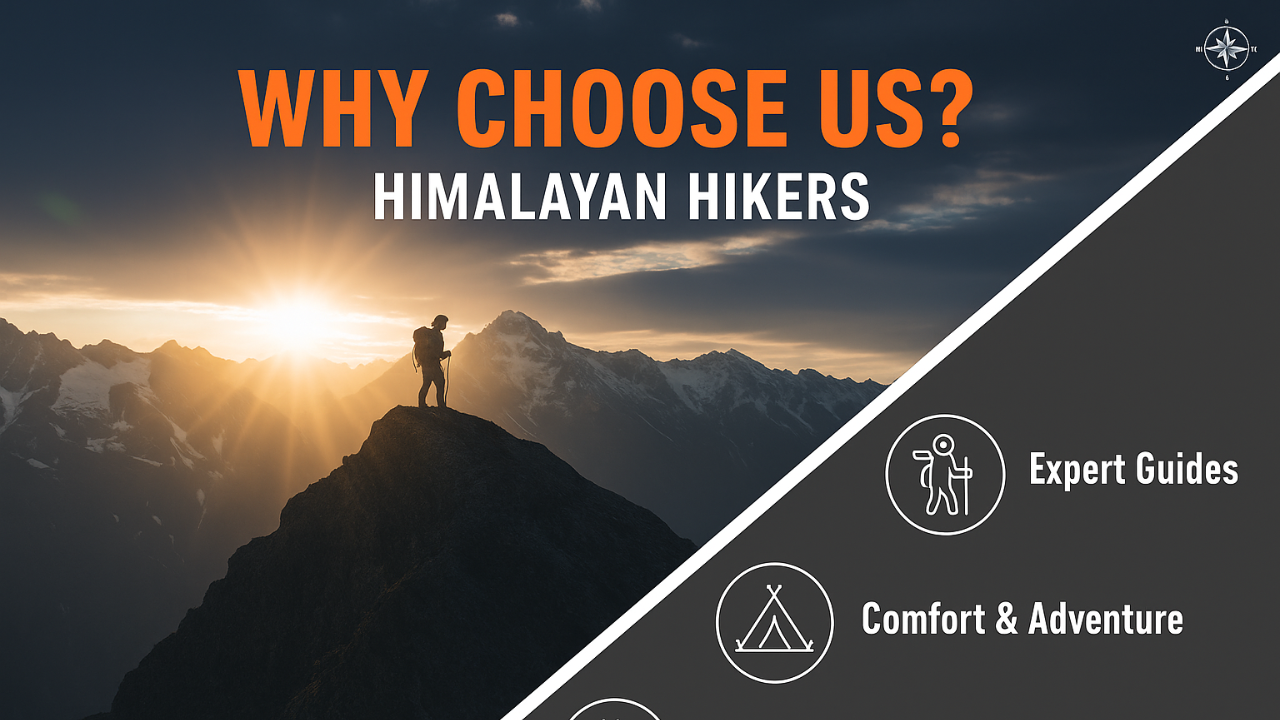Location: The Markha Valley Trek is situated in the Ladakh region of northern India, in the state of Jammu and Kashmir. The trek starts from the village of Chilling, which is about a 2-3 hour drive from Leh, the main city of Ladakh.
Altitude: The trek involves varying altitudes, with the highest point being Kongmaru La Pass at approximately 5,100 meters (16,732 feet) above sea level. It’s important to acclimatize properly due to the high altitude to avoid altitude sickness.
Route: The typical route for the Markha Valley Trek spans around 80 to 100 kilometers (50 to 62 miles) and usually takes around 6 to 8 days to complete. Here’s a rough itinerary:
- Chilling to Skiu: The trek usually starts from Chilling, and the first day involves hiking to Skiu, a small village along the Markha River. This is a relatively easy day of trekking.
- Skiu to Markha: The second day usually involves trekking from Skiu to Markha village. This part of the trek offers beautiful views of the surrounding landscapes and passes through several small villages.
- Markha to Hankar: On the third day, trekkers typically continue from Markha to Hankar. This part of the trek involves crossing the river multiple times and offers stunning views of the valley.
- Hankar to Nimaling: The fourth day usually involves trekking from Hankar to Nimaling, which is a high altitude pastureland. This part of the trek offers panoramic views of the surrounding mountains.
- Nimaling to Shang Sumdo via Kongmaru La Pass: On the fifth day, trekkers usually trek from Nimaling to Shang Sumdo via the challenging Kongmaru La Pass. This is the highest point of the trek and offers breathtaking views of the Himalayas.
- Shang Sumdo to Leh: The final day usually involves trekking from Shang Sumdo to the road head where vehicles will be waiting to take trekkers back to Leh.
About Markha Valley Trek
- Historical Trade Route: The Markha Valley, like many other valleys in the Himalayan region, has historically served as a crucial trade route connecting the remote villages of Ladakh with neighboring regions such as Tibet, Kashmir, and Central Asia. Merchants and traders would traverse these routes, transporting goods such as salt, wool, tea, and other commodities.
- Cultural Exchange: Along the trekking route, one can encounter Buddhist monasteries, ancient forts, and traditional villages that speak to the cultural heritage of the region. These sites reflect the historical interactions between the Tibetan Buddhist culture of Ladakh and the broader Himalayan and Central Asian cultures.
- Nomadic Pastoralism: The high-altitude pastures of the Markha Valley have long been used by nomadic herders for grazing their livestock, including yaks, sheep, and goats. The trek passes through several grazing grounds where nomadic families still maintain their traditional way of life, herding their animals across vast stretches of the Himalayan landscape.
- Modern Trekking Era: While the historical use of the route was primarily for trade and local travel, the modern era has seen the emergence of trekking as a popular activity in Ladakh. In the mid-20th century, adventurous travelers began exploring the region on foot, seeking to experience its pristine natural beauty and unique cultural heritage.
- Tourism Development: Over time, the Markha Valley Trek gained recognition as one of the premier trekking routes in the Himalayas, attracting trekkers from around the world. Local communities have adapted to the influx of tourists by establishing homestays, guesthouses, and other facilities along the route, contributing to the region’s economic development.
- Conservation Efforts: As tourism in Ladakh has grown, there has been increasing awareness of the need to balance conservation with development. Efforts have been made to promote responsible tourism practices and preserve the fragile ecosystems of the region, including initiatives to minimize waste, protect wildlife habitats, and support sustainable livelihoods for local communities.
Overall, the history of the Markha Valley Trek reflects the enduring connection between humans and the natural environment in the Himalayan region, as well as the ongoing evolution of Ladakh’s cultural identity in the modern era.
Markha Valley Trek Guide
- Day 01 – Arrive in Leh. Rest & Acclimatization.
- Day 02 – Acclimatization in Leh city
- Day 03 – Drive to Skiu . (1/2 Hour). Same day Trek to Skiu Camp (1 hours)overnight stay Camp
- Day 04 – After breakfast trek Skiu to Sara – 3500 m (10 km) 5/-6 hours overnight stay Camp
- Day 05 – Trek from – Sara to Markha 3710 m (10 hours) 5-6 hours overnight stay Camp
- Day 06 – Trek – Markha to Lower Hunkar 3968 m (6 hours) overnight stay Camp
- Day 07 – Trek from Lower Hunkar to Nimaling – 4535 m (6-7 hours)overnight stay Camp
- Day 08 –Trek from Nimaling to Leh 3500 m via Kongmaru las pass 5336m (8 hours trek) same day drive to leh 3 hours overnight Hotel
- Day 09 – Departure from Leh
Day 1: Arrive in Leh. Rest & Acclimatization
Arrive in Leh by 12 PM. Today is for rest & acclimatization.
Being outdoors is recommended as it
helps in the acclimatization process. Explore the local market of Leh. Have the
local cuisine and
enjoy shopping for dry fruits and local handicrafts.
Day 2: Acclimatization in Leh city
Explore the cultural and natural beauty of Leh. This will make you familiar with the town and also help in acclimatizing to the weather. Leh is the center point of Ladakh and also a major town from where all expeditions begin. It is also a culturally rich place. There are dozens of monasteries and ancient temples that you can go around. They are located in and around the town. Enjoy the local cuisines which are a major attraction for travelers.
Day 3: Drive to Skiu . (1/2 Hour). Same day Trek to Skiu Camp (1 hours)overnight stay Camp
Drive to Skiu . (1/2 Hour). Same day Trek to Skiu Camp (1 hours)overnight stay Camp.
Day 4: After breakfast trek Skiu to Sara – 3500 m (10 km) 5/-6 hours overnight stay Camp
After breakfast trek Skiu to Sara – 3500 m (10 km) 5/-6 hours overnight stay Camp.
Day 5: Trek from – Sara to Markha 3710 m (10 hours) 5-6 hours overnight stay Camp
Trek from – Sara to Markha 3710 m (10 hours) 5-6 hours overnight stay Camp
Day 6: Trek – Markha to Lower Hunkar 3968 m (6 hours) overnight stay Camp
Trek – Markha to Lower Hunkar 3968 m (6 hours) overnight stay Camp.
Day 7: Trek from Lower Hunkar to Nimaling – 4535 m (6-7 hours) overnight stay Camp
Trek from Lower Hunkar to Nimaling – 4535 m (6-7 hours) overnight stay Camp.
Day 8: Trek from Nimaling to Leh 3500 m via Kongmaru las pass 5336m (8 hours trek) same day drive to leh 3 hours overnight Hotel
Trek from Nimaling to Leh 3500 m via Kongmaru las pass 5336m (8 hours trek) same day drive to leh 3 hours overnight Hotel.
Day 9: Departure from Leh
Departure from Leh.
The difficulty level of the Markha Valley Trek is typically considered moderate to moderately difficult, depending on various factors such as altitude, terrain, weather conditions, and individual fitness levels. Here’s a breakdown of some key aspects contributing to the trek’s difficulty:
- Altitude: The trek involves hiking through high-altitude terrain, with the highest point, Kongmaru La Pass, reaching approximately 5,100 meters (16,732 feet) above sea level. Altitude sickness can be a concern for some trekkers, especially if proper acclimatization is not observed. It’s essential to ascend gradually, stay hydrated, and listen to your body to prevent altitude-related illnesses.
- Terrain: The trail encompasses a variety of terrain, including rocky paths, river crossings, narrow gorges, and steep ascents and descents. Some sections may require scrambling over boulders or navigating narrow ridges, adding to the physical challenge of the trek.
- Duration and Distance: The standard itinerary for the Markha Valley Trek spans around 6 to 8 days, covering approximately 80 to 100 kilometers (50 to 62 miles). Trekking for several consecutive days with long hours of walking can be physically demanding, particularly for those who are not accustomed to hiking or carrying a backpack.
- Weather Conditions: Ladakh experiences extreme weather conditions, with temperature fluctuations ranging from hot during the day to freezing at night, especially at higher altitudes. Trekkers may encounter strong winds, sudden changes in weather, and occasional snowfall, particularly if trekking early or late in the season.
- Remote Location: The trek takes place in a remote and isolated region, far from medical facilities and other amenities. Trekkers need to be self-sufficient and prepared for unforeseen circumstances, such as injury or adverse weather conditions. Carrying essential gear, including a first aid kit, extra clothing, and sufficient food and water, is crucial for safety and comfort.
Overall, while the Markha Valley Trek is achievable for most physically fit individuals with some trekking experience, it does require preparation, perseverance, and a respect for the challenges posed by the high-altitude environment. Proper training, acclimatization, and adherence to safety guidelines can help ensure a rewarding and enjoyable trekking experience in this stunning Himalayan landscape.
Best time to Visit Markha Valley Trek Leh Ladakh India
The best time to undertake the Markha Valley Trek is during the summer months, from mid-June to September, when the weather is most conducive to trekking and the trails are generally free from snow. Here’s why:
- Weather: During the summer months, Ladakh experiences relatively mild temperatures and clear skies, making it an ideal time for outdoor activities like trekking. Daytime temperatures in the Markha Valley during this period typically range from 15°C to 25°C (59°F to 77°F), offering comfortable conditions for hiking.
- Accessibility: The summer season sees the opening of high-altitude passes and mountain trails, including the ones used for the Markha Valley Trek. Roads leading to Leh, the starting point for the trek, are also open and accessible, allowing for easy travel to the region.
- Scenery: The summer season brings vibrant colors to the landscapes of the Markha Valley, with blooming wildflowers, lush greenery, and snow-capped peaks creating a picturesque backdrop for trekking. The rivers are also more manageable for crossings compared to other times of the year.
- Cultural Festivals: Ladakh is known for its vibrant cultural festivals, some of which coincide with the summer months. Visitors trekking in the Markha Valley during this time may have the opportunity to witness local festivals, such as Hemis Festival, which celebrates Tibetan Buddhism and includes colorful masked dances and rituals.
While summer is the most popular time to visit the Markha Valley, it’s essential to be prepared for fluctuations in weather, especially at higher altitudes. Trekkers should carry appropriate gear for varying conditions, including warm clothing, rain gear, sun protection, and sturdy trekking shoes.
Additionally, it’s advisable to check local conditions and forecasts before embarking on the trek, as weather patterns can be unpredictable in mountainous regions. Overall, the summer months offer the best combination of favorable weather, accessibility, and scenic beauty for experiencing the Markha Valley Trek to its fullest.
Reaching Leh, the starting point for the Markha Valley Trek, typically involves traveling by air or road, as the region is landlocked and located in the remote Himalayan Mountains. Here are the primary ways to reach Leh:
By Air:
- Flight to Leh: The most common and convenient way to reach Leh is by air. Kushok Bakula Rimpochee Airport in Leh is well-connected to major cities in India, including Delhi, Mumbai, Bangalore, and Srinagar. Several airlines operate regular flights to Leh, especially during the peak tourist season from May to September. Flight duration varies depending on the origin city but generally ranges from 1.5 to 2.5 hours.
By Road:
- Manali-Leh Highway: The Manali-Leh Highway is a popular road route to Leh, especially for those traveling from northern India. The highway passes through breathtaking landscapes, high mountain passes, and remote villages. The journey from Manali to Leh covers a distance of approximately 473 kilometers (294 miles) and typically takes around 2 days, with an overnight stop in Keylong or Sarchu. The highway is open from late May to early October, depending on weather conditions.
- Srinagar-Leh Highway: Another scenic road route to Leh is via the Srinagar-Leh Highway, which connects Leh with the city of Srinagar in the Kashmir Valley. This route traverses through the picturesque Kashmir Valley, crossing high mountain passes like Zoji La and Fotu La. The distance between Srinagar and Leh is approximately 434 kilometers (270 miles), and the journey usually takes around 2 days, with an overnight stop in Kargil. Similar to the Manali-Leh Highway, the Srinagar-Leh Highway is open from late May to early October.
Once you reach Leh, you can make arrangements for the Markha Valley Trek, including hiring a guide, obtaining permits (if required), and arranging transportation to the trek’s starting point in Chilling or Spituk, depending on your chosen route. Leh also offers various accommodation options, restaurants, and stores where you can purchase trekking supplies and essentials before embarking on the trek.

Mandatory Documents
Original and photocopy of government photo identity card- (Aadhar Card, Driving License, Voters ID, etc,)
Passport and Visa important to foreigners
Medical Certificate (First part should be filled by the Doctor and Second part by the Trekker)
Declaration Certificates
Note: – Many trekkers commit the same mistake of carrying unnecessary items on a trek which only makes the backpack heavy. It is important to know the right items to carry. It differs from season to season if you are trekking in summers then carry less layers of warm clothing and if you are trekking in winters carry enough layers to protect yourself against chilly cold.
Necessary Items for trekkers

Basic Trekking Gears

The Clothes You Should Bring On Satopanth Expedition

Head Gears

Foot Gears

Personal Care Essentials

Carry a Personal Medical Kit

Are you Looking for Trekking Equipment on Rent?
If any trekker requires trekking equipment on rent, Himalayan Hikers offers the best-quality gear available for rental. Many individuals are in need of such equipment, and renting provides a cost-effective solution, allowing them to access high-quality gear at an affordable price without the need for a significant investment for short-term use.

Trek Equipment You can book directly on first day at the Base Camp.
Note:-
Please take all medicines only when prescribed by the doctor. In case you face any problem during your trek,
discuss and take advice from the Professional guide.
The Trek is one of the most popular treks in Uttarakhand, requiring both physical preparation and mental readiness. Although it is categorized as a moderate trek, reaches an elevation of over 12,720 feet and traverses remote Himalayan terrain, which can be physically and mentally challenging. Here's how you can prepare yourself for a safe and successful accomplishment of the Trek:
Physical Fitness
Building a good fitness base is essential for every trekker. The Trek itinerary involves 5 to 6 hours of walking every day. Though the trails are well-marked, they are often bumpy and include steep uphill sections, which may affect your stamina. You can overcome your physical limitation with a 6-week training program that you can begin about 2 months before your Trek. Your 6-week fitness routine should include

Pro Tip: If you have time, you can skip the Sunday training and go for a long-distance walk or mini day-hike (7–10 km) with a loaded backpack to simulate real trekking conditions. A short 1-day hike around your city/town can help a lot.
Mental Preparation
Physical strength is only half the journey, the other half is mental resilience. The trail takes you through remote clearings, steep climbs, cold starry nights, and no mobile connectivity. Be prepared to:
(I) -
Detach from the digital world.
(II) -
Embrace basic mountain living (camping, toilet tents, limited electricity).
(III) -
Push through moments of fatigue, weather discomfort, or altitude effects.
Himalayan Hikers is a reputable trekking company that places a high priority on safety. Here are some of the safety measures they take to ensure the safety of their clients during the Trek:
Experienced Guides: Himalayan Hikers hires experienced and certified guides who are well-versed in the terrain, weather conditions, and local culture. These guides have first-hand knowledge of the routes and are equipped to handle any emergency situations that may arise.
Proper Gear: The company provides all the necessary gear and equipment to their clients to ensure comfort and safety during the trek.
Hygiene and Sanitation: Himalayan Hikers places great emphasis on hygiene and sanitation during the Trek. They provide clean drinking water, hand sanitizers, and toilet tents to ensure that their clients are healthy and comfortable.
Emergency Services: The company has a well-defined protocol for handling emergency situations. They have a team of trained medical professionals who are available 24/7 and can be quickly mobilized in case of an emergency.
Acclimatization: Himalayan Hikers follows a gradual acclimatization process during treks to ensure that their clients adjust to the high altitude gradually. They also monitor the health of their clients regularly and provide necessary medical attention if required.
Overall, Himalayan Hikers places a great emphasis on safety and takes all necessary measures to ensure the safety and well-being of their clients during treks.
No FAQs available for this trek.












